The best time to water house plants is in the early morning or late afternoon. This timing helps plants absorb water efficiently.
Watering house plants at the right time of day is crucial for their health and growth. Early morning watering allows plants to absorb moisture before the heat of the day. Late afternoon watering can also be effective, giving plants enough time to take in water before nightfall.
Avoid watering during the hottest part of the day, as this can cause water to evaporate quickly and stress the plants. Consistent watering schedules help maintain soil moisture levels, promoting healthier root systems. Proper hydration ensures that your house plants thrive, look vibrant, and remain resilient against pests and diseases.
Morning Vs. Evening
Watering house plants can be tricky. The debate often centers on the best time to water: morning or evening. Both have unique benefits for plant health and growth. Understanding these benefits can help you make the best choice for your plants.
Pros Of Morning Watering
- Reduced Risk of Disease: Watering in the morning allows leaves to dry quickly. This reduces the chance of fungal infections.
- Better Hydration: Plants absorb water better in the morning. This helps them stay hydrated throughout the day.
- Optimal Photosynthesis: Morning watering ensures that plants have enough water for photosynthesis. This helps them grow strong and healthy.
Benefits Of Evening Watering
- Conserves Water: Watering in the evening reduces evaporation. This means more water reaches the roots.
- Less Stress on Plants: Evening watering can be gentler on plants. The cooler temperatures reduce stress and prevent wilting.
- Nighttime Absorption: Plants can absorb water overnight. This ensures they are well-hydrated by morning.
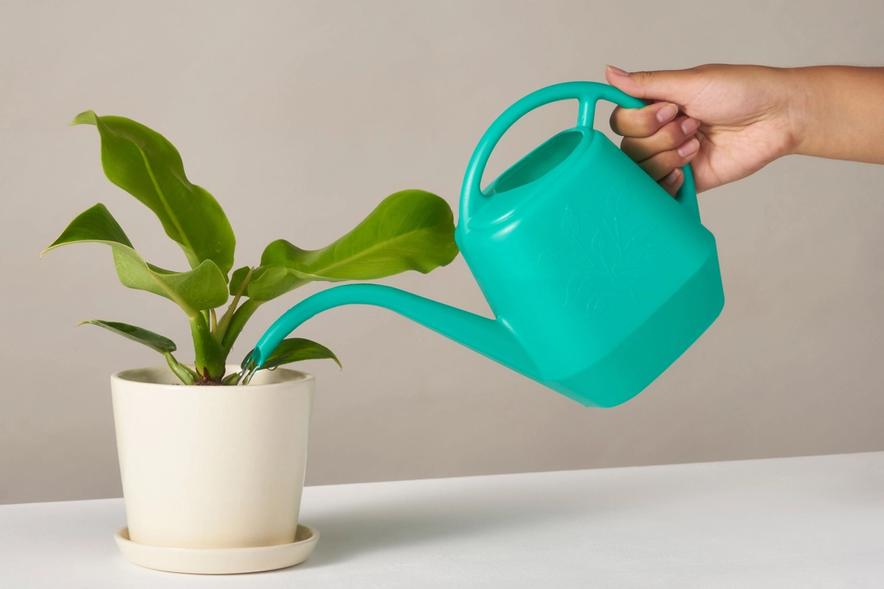
Credit: www.thesill.com
Seasonal Considerations
Understanding the best time to water house plants depends on seasonal variations. Different seasons influence water needs and plant health.
Summer Watering Tips
During summer, plants need more water due to higher temperatures. The heat causes quicker evaporation.
- Water early morning: This allows plants to absorb water before it evaporates.
- Check soil moisture: Insert your finger into the soil. Water if it’s dry.
- Use a watering can: Avoid wetting leaves to prevent fungal diseases.
- Group plants: Grouping plants can create humidity, reducing water needs.
Winter Watering Advice
In winter, plants need less water due to lower light and temperatures. Overwatering can cause root rot.
- Water less frequently: Let the soil dry out more between waterings.
- Avoid cold water: Use room temperature water to avoid shocking roots.
- Check for dormancy: Some plants may enter dormancy and need minimal water.
- Use a moisture meter: This tool helps accurately measure soil moisture.
By adjusting your watering schedule seasonally, you can ensure healthier house plants all year round.
Signs Your Plant Needs Water
Knowing the signs your plant needs water is crucial for their health. Observing these signs helps ensure your plants thrive. Let’s explore the key indicators that your house plants are thirsty.
Wilting Leaves
One of the clearest signs of a thirsty plant is wilting leaves. When a plant doesn’t get enough water, the leaves lose their firmness. They may appear droopy or limp. This is because the plant is conserving moisture.
Look for these symptoms:
- Drooping or curling leaves
- Yellowing at the edges
- Leaves feeling soft to the touch
Dry Soil Indicators
Another sign your plant needs water is dry soil. You can check this with a simple touch test. Stick your finger about an inch into the soil.
If the soil feels dry, it’s time to water. For more accuracy, use a moisture meter. This tool provides a clear reading of the soil’s moisture level.
| Soil Condition | Action Required |
|---|---|
| Moist but not wet | Check again in a day or two |
| Completely dry | Water immediately |
| Wet and soggy | Allow soil to dry out |
Here are some additional dry soil indicators:
- Soil pulling away from the pot edges
- Cracks appearing on the soil surface
- Plant feeling light when lifted
Recognizing these signs ensures your house plants stay healthy. Pay attention to wilting leaves and dry soil indicators. This will help maintain their vibrant growth.
:max_bytes(150000):strip_icc()/watering-plants-indoors-outdoors-0722-f6ff621e570a4e7885ee3117eb1840af.jpg)
Credit: www.marthastewart.com
Impact Of Humidity
The impact of humidity on house plants is significant. Humidity levels influence how plants absorb water and nutrients. Understanding this can help you water your plants more effectively.
High Humidity Effects
High humidity can slow down water evaporation. This means the soil stays moist longer. Plants in high humidity need less frequent watering. Overwatering can lead to root rot. Always check the soil before adding more water.
Low Humidity Challenges
Low humidity causes quicker water evaporation. Soil dries out faster in dry conditions. This means you need to water plants more often. Dry air can stress plants, making them more susceptible to pests. Misting plants can help increase humidity around them.
| Humidity Level | Watering Frequency | Potential Issues |
|---|---|---|
| High | Less frequent | Root rot |
| Low | More frequent | Dry soil, stressed plants |
- Check soil moisture regularly.
- Adjust watering based on humidity levels.
- Use a humidifier in dry climates.
By understanding the effects of humidity, you can ensure your house plants thrive.
Watering Techniques
Proper watering techniques can make or break your house plants’ health. Learning the best methods ensures your plants thrive. Let’s explore two main techniques: top watering and bottom watering.
Top Watering
Top watering is the most common method. It involves pouring water directly onto the soil from above. This method mimics natural rainfall and helps wash away dust from leaves.
To top water correctly, follow these steps:
- Use a watering can with a fine nozzle.
- Pour water evenly over the soil.
- Continue until water drains from the bottom.
- Empty the saucer to prevent root rot.
Top watering is suitable for most plants. Be cautious with plants prone to leaf rot.
Bottom Watering
Bottom watering involves placing the plant pot in a tray of water. The soil absorbs water through drainage holes. This method ensures even moisture distribution and encourages deep root growth.
To bottom water, follow these steps:
- Fill a tray with water.
- Place the plant pot in the tray.
- Allow the plant to sit for 15-30 minutes.
- Remove the pot and let excess water drain.
Bottom watering is ideal for plants sensitive to wet leaves. It also helps avoid over-watering.
| Technique | Benefits | Best For |
|---|---|---|
| Top Watering | Washes leaves, mimics rainfall | Most house plants |
| Bottom Watering | Even moisture, deep root growth | Plants sensitive to wet leaves |
Choosing the right technique depends on your plant’s needs. Both methods have their advantages. Experiment to find the best fit for your green friends!
:strip_icc()/metal-watering-can-3aQw0zo_KkpAQMUY01Apu2-619cb500c0a04b0ba428978696b08f71.jpg)
Credit: www.bhg.com
Common Mistakes
Watering house plants can be tricky. Many plant owners make common mistakes. These mistakes can harm plants. Knowing these mistakes helps keep plants healthy.
Overwatering Risks
Overwatering is a big problem. It can lead to root rot. Root rot is deadly for plants. Overwatered soil stays wet. Wet soil lacks oxygen. Roots need oxygen to breathe. Mold and fungi grow in wet soil. They attack plant roots. Overwatered plants often look wilted. Leaves may turn yellow.
| Signs of Overwatering | Details |
|---|---|
| Yellow Leaves | Leaves turn yellow and fall off. |
| Wilting | Plants look droopy even in wet soil. |
| Root Rot | Roots turn brown and mushy. |
| Mold Growth | White mold appears on soil surface. |
Underwatering Signs
Underwatering is also a problem. Dry soil stresses plants. Plants need water to stay healthy. Underwatered plants show clear signs. Leaves become dry and crispy. Plants may stop growing. Soil pulls away from pot edges. This shows it’s too dry.
- Dry, crispy leaves
- Slow or no growth
- Soil pulling away from pot edges
- Wilting even after watering
Make sure to water plants properly. Proper watering keeps them happy and healthy.
Plant-specific Guidelines
Watering houseplants can be tricky. Each plant has unique needs. Below are guidelines for specific types of plants. This ensures they stay healthy and thrive.
Succulent Watering
Succulents store water in their leaves. They need less water compared to other plants. Overwatering can cause root rot. Water them when the soil is completely dry. Check the soil by inserting a finger. If it feels dry, it’s time to water.
- Water deeply but infrequently.
- Use well-draining soil.
- Avoid getting water on the leaves.
Tropical Plant Needs
Tropical plants love humidity. They need more frequent watering. Keep the soil moist but not soggy. Use a spray bottle to mist the leaves. This mimics their natural environment.
- Water when the top inch of soil is dry.
- Ensure proper drainage to prevent waterlogging.
- Mist leaves daily for added humidity.
Tools And Accessories
When caring for house plants, having the right tools and accessories can make all the difference. These tools help ensure your plants get the right amount of water. Below, we explore some essential items you might need.
Watering Cans
A good watering can is essential. It should have a narrow spout. This helps you direct water precisely where it is needed. Avoid over-watering by choosing a can with a smaller capacity. This way, you can control the amount of water better.
| Type | Capacity | Material |
|---|---|---|
| Plastic | 1-2 liters | Lightweight |
| Metal | 3-5 liters | Durable |
| Ceramic | 1-2 liters | Decorative |
Moisture Meters
A moisture meter helps you know when to water your plants. It measures the soil’s moisture level. Insert the meter into the soil to get a reading. This tool prevents over-watering and under-watering.
- Easy to use
- Accurate readings
- Battery-operated or analog
Choose a moisture meter with a clear display. This makes it easy to read the moisture levels. Some models even come with light and pH sensors.
Frequently Asked Questions
Is It Okay To Water House Plants In The Evening?
Yes, you can water house plants in the evening. Evening watering helps reduce water evaporation and keeps soil moist longer. Ensure leaves dry before night to prevent mold.
When Should You Water Indoor Plants?
Water indoor plants when the top inch of soil feels dry. Morning is the best time to water them. Ensure proper drainage to prevent root rot. Overwatering can harm plants, so adjust based on the plant type and season. Regularly check soil moisture for optimal care.
What Is The Best Time To Water Plants In Hot Weather?
The best time to water plants in hot weather is early morning. This allows water to reach roots before evaporation.
Is It Better To Water House Plants With Hot Or Cold Water?
Use lukewarm water to water house plants. Extreme temperatures can shock roots and harm plant health. Aim for room temperature.
Conclusion
Consistent watering is crucial for healthy house plants. Morning is the best time to water them. This timing allows water to reach roots efficiently. Avoid watering at night to prevent mold. By following these tips, your house plants will thrive and flourish.
Happy gardening!

My mission is to help you bring the beauty of nature indoors with expert advice, detailed plant care guides, and creative design ideas.

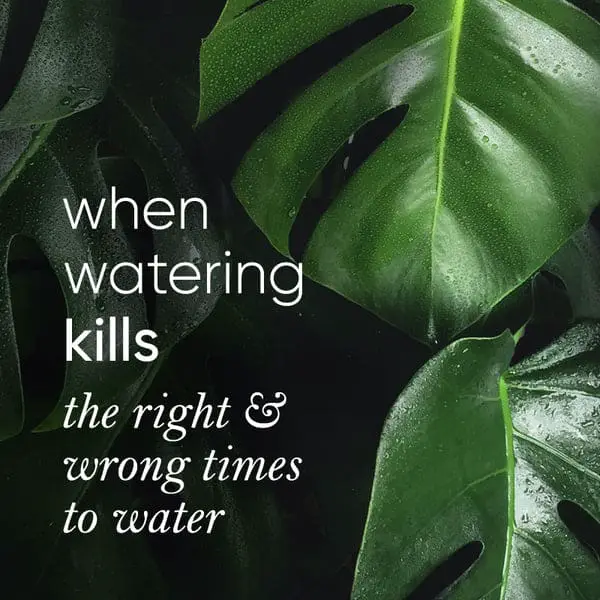
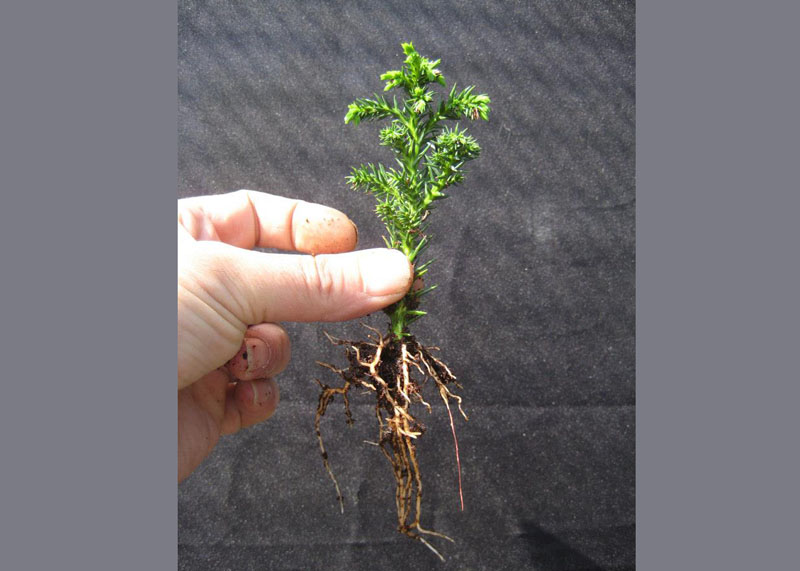
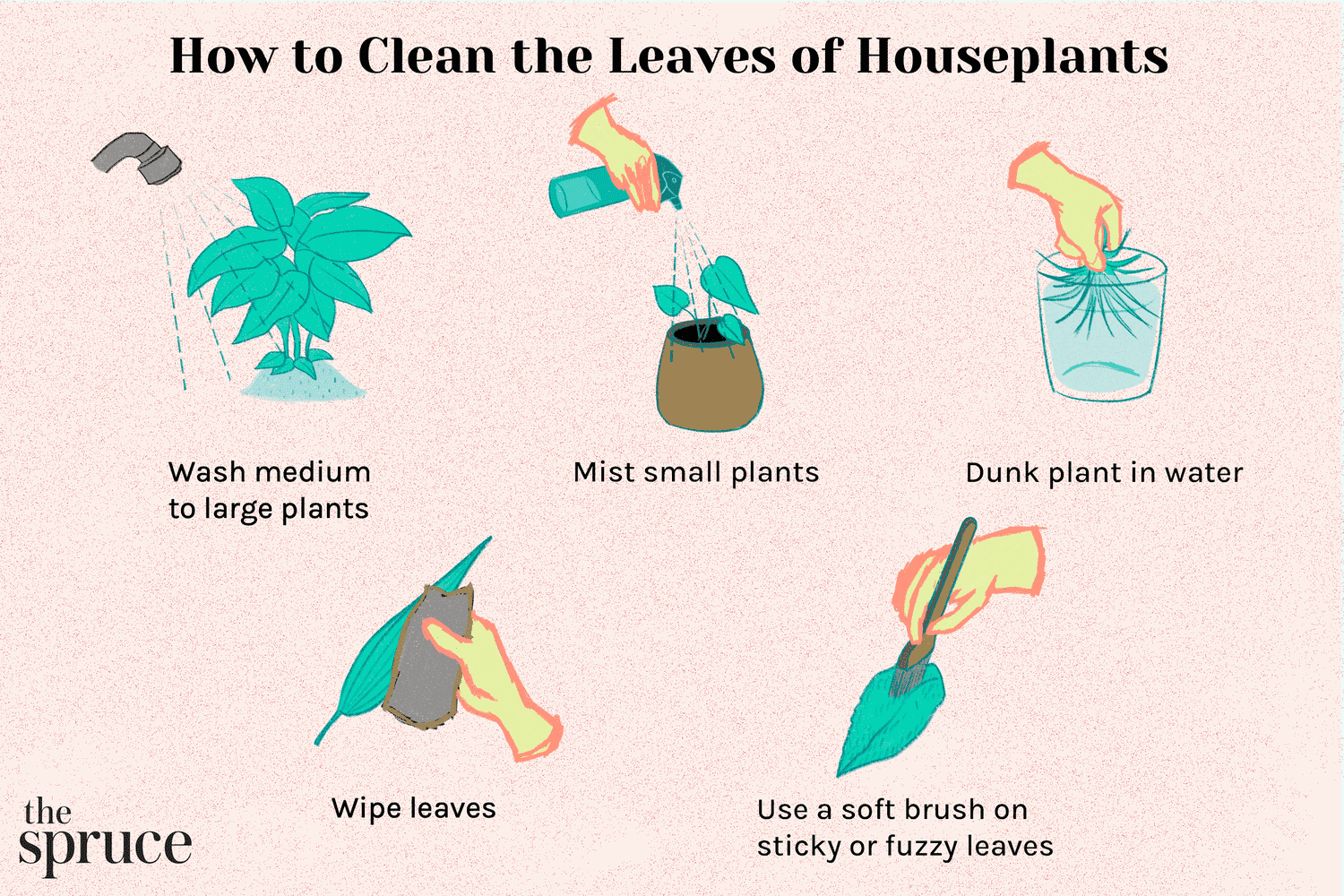
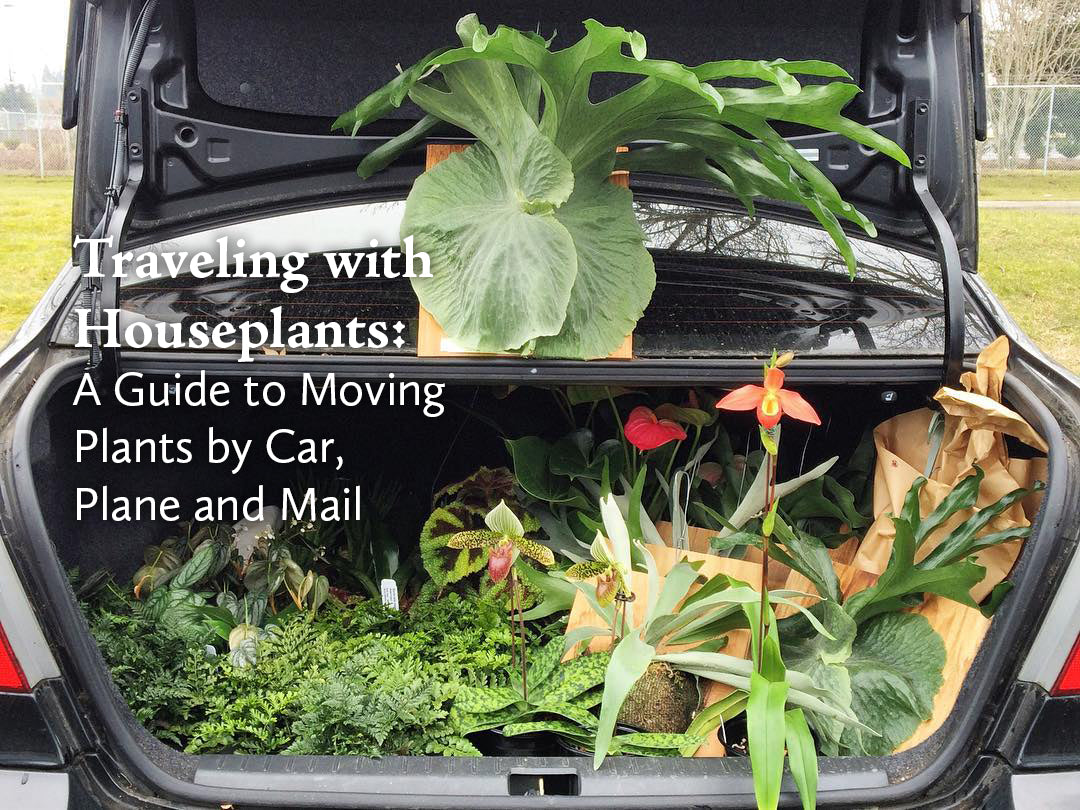
Leave a Reply